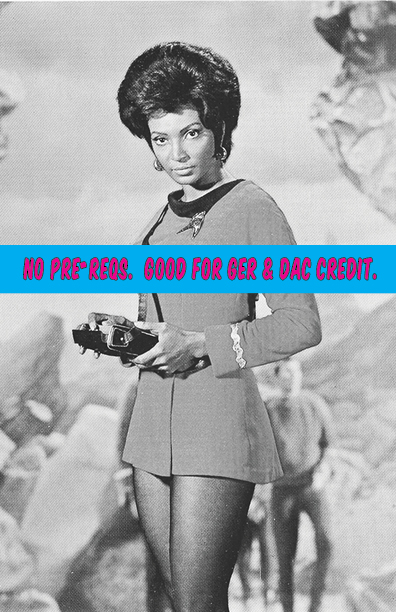Are you planning on redoing the survey at any point? I love what you have up, but I think it would be fascinating to see more quantifiable information about how things have changed.
I think that’s a really great question/problem to tackle. WIth fans so dispersed across different sites these days. I actually wonder if we could do this with any validity today. I got about 7700 participants and the survey was shared on multiple websites and fan communities beyond LiveJournal. Nonetheless, I still don’t know if the original ‘08 survey would have worked or have gotten the response rate it did if so many fans hadn’t been connected on LiveJournal at the time.
Have you seen Centrumlumina’s AO3 Census? That’s the most recent analysis I’ve seen with a really significant number of participants. They report getting 10,005 survey responses. I’m not entirely clear what their recruiting method was (the write ups on Tumblr don’t seem to say) but the limitations post seems to imply it was promoted heavily on Tumblr.
Overall, each of these surveys can probably only be said to speak to a particular body of survey participants. Given the websites being used, it’s also probably a particularly Western/American and English language speaking body of fans. (I’ve got some geographic data from my ‘08 survey that reinforces this re. my survey. I’m just speculating that it would be similar with Centrumlumina’s research.)
Ultimately, my work is much more qualitative than quantitative so I’m not sure I’d be the best person to do it either way. However, I think it’s a fascinating question/problem to wrestle with. How would we do this today? I suspect many of us would turn to AO3 for numbers (I’ve already seen academics doing this at conferences). And, it would certainly be possible to do repeated check-ins on AO3 every 5-10 years to see changes in popular fandoms etc.
I wonder about that the implications of that though… AO3 represents a particularly long-lived and robust network of fan activity. (One very intertwined with the Transformative Works and Cultures organization.) It’s just one node of activity though. The question that always nags at me is: Are we repeatedly conflating one particularly visible portion of fans with all fans? I’m not sure there’s a clear way of resolving this problem, but it is part of the reason I’m so interested in getting different fan’s reactions to projects like mine. I’m always looking to see what other experiences might be out there.
(I had a similar experience reading Sheenagh Pugh’s Fanfiction: The Democratic Genre in 2007. It’s particularly focused on the UK and I remember being confused and fascinated by how certain fandoms were represented by Pugh. The picture it painted of certain fandoms just didn’t represent what I was noticing. However, it also made me aware of fandoms that I didn’t realize were around and active.)
Actually, I’m about to post something moderately connected to all of this. I did take a look at the current numbers on AO3 to see what they looked like in relation to the numbers I got in ‘08, but this also raised a lot of questions for me. If you’re interested, keep an eye on this space. I’ll be posting it in a few minutes. :)




